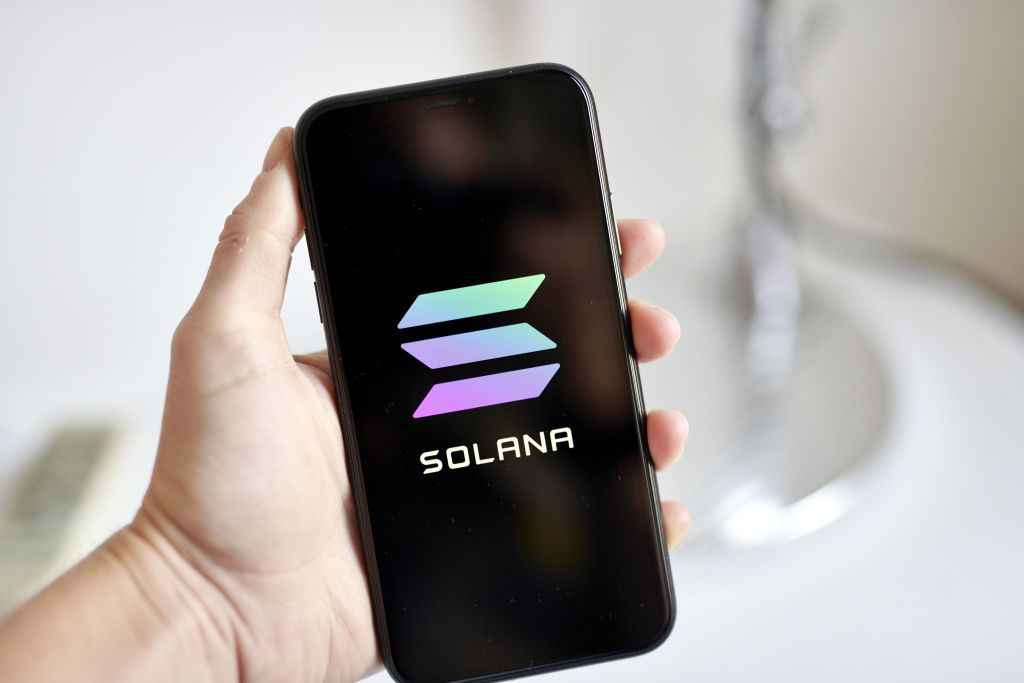Uncategorized
Sol Strategies Bolsters Solana Holdings to Near 190,000 SOL Worth More Than $40M

Solana-focused Canadian investment company Sol Strategies purchased 40,300 SOL between Jan. 19 and Jan. 31, for approximately $9.9 million at an average price of $246.53 per token.
The Toronto-based company, which runs three mainnet Solana validators, said that it now holds 189,968 SOL worth roughly $40.89 million purchased at an average price of C$256.21 per SOL, or around US$178.39 per token, according to a press release.
Last month the firm, which has submitted an application to list on the Nasdaq, sold $2.5 million of convertible debentures to add an additional 6,564.57 SOL at an average price of $265.65 per token. Solana price, at the time of writing, was trading at $215 after losing more than 8.5% of its value over the past week amid a wider cryptocurrency market downturn.
Sol Strategies, formerly known as Cypherpunk Holdings, is led by former Valkyrie Investments co-founder Leah Wald. It has acquired validators not only on Solana but also on Sui (SUI), Monad (MONAD), and ARCH (ARCH). Validators process transactions to help secure Proof-of-Stake blockchains by staking certain amounts of these networks’ cryptocurrencies.
According to its website, Sol Strategies also holds 3.168 BTC worth $315,800 at the time of writing as it shifted its investment strategy from accumulating BTC to SOL.
Read more: ‘It’s So Early’: How Solana Is Competing With Ethereum for Institutional Interest
Uncategorized
Elon Musk vs. the regulators
Welcome back to TechCrunch Mobility, your hub for all things “future of transportation.”
Uncategorized
Nvidia’s AI empire: A look at its top startup investments
Over the last two years, Nvidia has used its ballooning fortunes to invest in over 100 AI startups. Here are the giant semiconductor’s largest investments.
Uncategorized
Dating app Cerca will show how Gen Z really dates at TechCrunch Disrupt 2025
Cerca is a dating app that sets users up with mutual friends.
-

 Business12 месяцев ago
Business12 месяцев ago3 Ways to make your business presentation more relatable
-

 Fashion12 месяцев ago
Fashion12 месяцев agoAccording to Dior Couture, this taboo fashion accessory is back
-

 Entertainment12 месяцев ago
Entertainment12 месяцев ago10 Artists who retired from music and made a comeback
-

 Entertainment12 месяцев ago
Entertainment12 месяцев ago\’Better Call Saul\’ has been renewed for a fourth season
-

 Entertainment12 месяцев ago
Entertainment12 месяцев agoNew Season 8 Walking Dead trailer flashes forward in time
-

 Business12 месяцев ago
Business12 месяцев ago15 Habits that could be hurting your business relationships
-

 Entertainment12 месяцев ago
Entertainment12 месяцев agoMeet Superman\’s grandfather in new trailer for Krypton
-

 Uncategorized4 месяца ago
Uncategorized4 месяца agoRobinhood Launches Micro Bitcoin, Solana and XRP Futures Contracts


